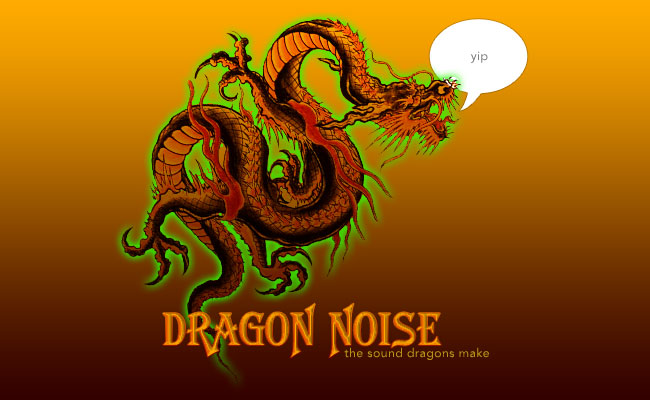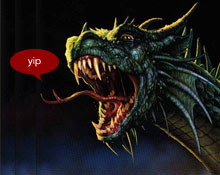According to the Golden Legend the narrative episode of
Saint George and the Dragon took place in a place he called "Silene," in Libya. The Golden Legend is the first to place this legend in Libya[citation needed], as a sufficiently exotic locale, where a dragon might be imagined.
The town had a pond, as large as a lake, where a plague-bearing dragon dwelled that envenomed all the countryside. To appease the dragon, the people of Silene used to feed it a sheep every day, and when the sheep failed, they fed it their children, chosen by lottery.
It happened that the lot fell on the king's daughter. The king, distraught with grief, told the people they could have all his gold and silver and half of his kingdom if his daughter were spared; the people refused. The daughter was sent out to the lake, decked out as a bride, to be fed to the dragon.
Saint George by chance rode past the lake. The princess, trembling, sought to send him away, but George vowed to remain.

The dragon reared out of the lake and
let loose a surprisingly feeble yip somewhat akin to a small dog while they were conversing. Saint George fortified himself with the Sign of the Cross,[6] charged it on horseback with his lance and gave it a grievous wound. Then he called to the princess to throw him her girdle, and he put it around the dragon's neck. When she did so, the dragon followed the girl like a meek beast on a leash. She and Saint George led the dragon back to the city of Silene, where it terrified the people at its approach. But Saint George called out to them, saying that if they consented to become Christians and be baptised, he would slay the dragon before them.
 Rotten Tomatoes says:
Rotten Tomatoes says:




